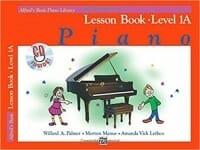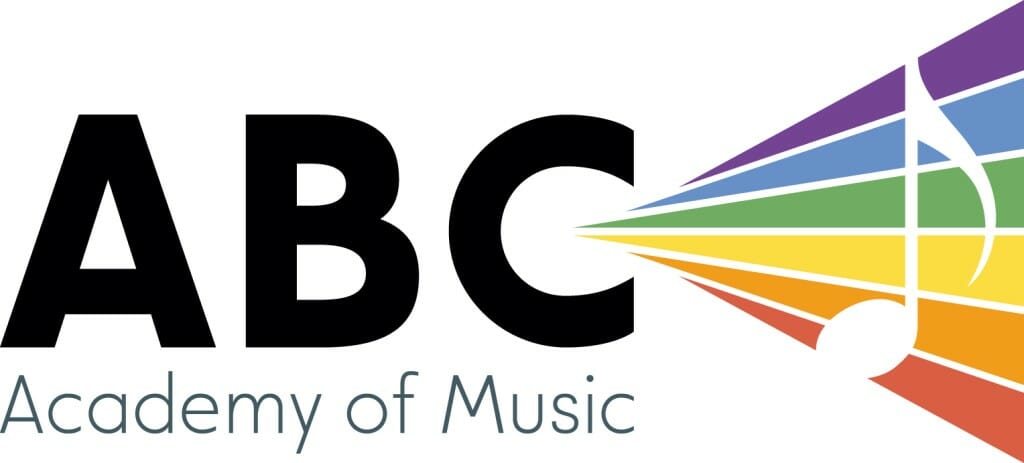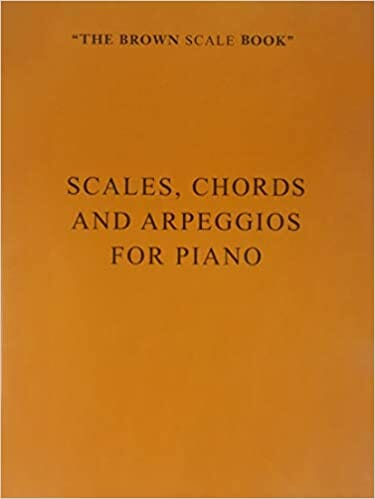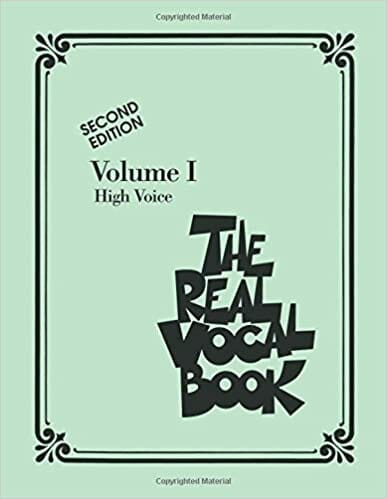B.Mus (Humber) in-progress
Adina is a singer-songwriter based in Toronto completing her Bachelor of Music degree at Humber College in vocal performance. Trained classically in piano since the age of 5, she has branched out into pop and jazz as well.
Vocally she is well-versed in many genres including jazz (she loves to scat!), musical theatre, pop, singer-songwriter, country, R&B, and acappella. She has 7 years of choir experience in both chamber and jazz styles. Adina has been writing and singing original songs since the age of 12, and has two singles as well as an EP out on all platforms under the artist name Adina V.
She has performed all across southern Ontario singing with the Toronto All-Star Big Band, as well as at various venues in the GTA with her own jazz duos and trios. As a member of the Cawthra Park Chamber Choir she performed at Roy Thompson Hall with the TSO for two years in a row. At Humber College she is part of the Vocal Jazz Ensemble led by Lisa Martinelli; this group performs advanced repertoire at events like the Ontario Vocal Jazz Festival.
Adina has been teaching music for the past 7 years and loves helping students meet their personal goals while fostering a love of music that lasts forever!
Get to know Adina…Beyond the Bio!
Hobbies: reading, puzzles, video games, painting
Musical Influences: Ella Fitzgerald, Nancy Wilson, Doris Day, Joni Mitchell, Taylor Swift, John Mayer
Favourite Food: Pad Thai
Least favourite food: eggplant
Favourite music: Indie rock and folk
Favourite song: All I Need by Jacob Collier ft. Mahalia & Ty Dolla $ign
Favourite movie: Matilda
Favourite movie music: The Pirates of the Caribbean theme
Favourite Musical: Dear Evan Hansen or The Last Five Years
Best Quote from your teacher: “It’s an amazing and wonderful experience to be able to be intentional about, in the moment, making music”
Favourite Quote: “Even as we are, we are becoming”
Favourite Book: The Girl With the Dragon Tattoo trilogy – Stieg Larsson
Best thing about teaching at ABC: Sharing and fostering a love of music with students of all ages
Latest Homework from Adina
Is Adina Your Teacher?
Sign up now to get your weekly assignments delivered, and never lose your homework sheet again!
Sunday, January 10th, 2021
Nice to see everyone again, great work this week!
Emet
This week for our warmup let’s stick to just D harmonic minor, but we will put it hands together. Notice that your finger 3s play together on the third and sixth degrees, which are F and Bb. Let’s also add D minor triads hands separately; for fingering, RH uses 1-3-5 for everything except first inversion (which uses 2), and LH uses 5-3-1 for everything except second inversion (also with finger 2).
Hound Dog – The first page can definitely be put hands together this week, just continue being very precise with your counting. For example, the first “You ain’t nothin’ but a” should start at a faster speed so it can match up with the way you play the rest of that line. You may also begin playing the second page hands together but only if it feels very comfortable rhythm-wise.
Allegro – This week let’s work on really speeding up that first line – you absolutely can play it faster (like we did in class) it’s just that you’re still so used to playing the slower tempo. Your staccatos can definitely be crisper in bars 1, 2, 5, and 6. Watch out for that F minor in bar 5 – it’s just one note off from the F major in bar 2. It would be nice to hear this piece with the repeat next week since it adds some contrast with the 8va.
Nathalia
We will keep our warmup the same as last week, with those C major and F major triads. Switching between inversions will be easier if you keep the two higher notes pressed down and then shift the new fingers onto them (instead of completely lifting and having to re-find those two notes that stay the same). Remember that RH uses finger 2 in first inversion, and LH uses finger 2 in second inversion.
Try your best to memorize or at least use these two sayings to help you find notes on the staff: in treble clef, use Every Good Boy Deserves Fudge for the lines, and in bass clef use Good Birds Don’t Fly Away.
7th St. Blues – This song has lots of line notes! So your sayings above will come in handy. Notice that a big pattern in this piece is how the bottom G repeats while the top note of the interval changes. I think later in the week it’s worth trying to put this song hands together.
In terms of a new book, this is a link to the Rock n’ Roll Faber & Faber book. I think it will be a fun time to work on some popular songs: https://www.long-mcquade.com/176316/Print/Piano/Hal-Leonard/FunTime-Piano-Rock–n–Roll–Level-3A-3B—Faber-Faber—Piano—Book.htm
Kollel
For the warmup this week, let’s put the G major scale (2 octaves) hands together – remember that your finger 3s line up on the third and sixth degree, which for this scale is B and E. Try your triads (1 octave) hands together as well – broken will be easier than solid, but do try solid as best you can.
In Church – The second half of this piece can definitely be put hands together this week, except for bars 37-40. There are some trickier chord and articulations going on here, so isolate those bars to get really comfortable before trying it hands together. LH’s top voice in bars 27-38 should be legato. Be aware of your recurring intervals in the first part of the piece – the B-F# especially; there’s a lot of repetition so it’ll be great if you can quickly recognize the shapes.
Fur Elise – For the pedal in the first section, see if you can delay the change until the first new notes of the next chord have played – that way it’s as connected and full as possible. Try adding pedal in the E octave part as well. When playing with pedal, our heel should stay on the floor and only the front part of our foot moves; if your whole leg is lifting when you change that’s too much work!
Linda
Lovely to meet you today and hear all your pieces! For the Arietta my only suggestion is slowly inching up the bpm so it can get closer to the “allegretto” tempo recommendation.
To Fly Like an Eagle – The pedal in this song is a good tool to help with the large jumps on the keyboard – bar 4 to 5 you can move your hands into position much earlier since the pedal hangs on. A cool next step is to think about the chords as you play this one – LH will conveniently always give you your bass root and 5th of the chord, and RH fills in the rest. Since your notes and rhythms are all learnt, let’s focus on the dynamics and swells.
Sherlock Holmes – Your swing feel is very solid – let’s continue it all the way into the very last bar. You seem to be extending those note values into double their length, so just make sure you’re counting carefully. The staccatos (the little dots below the RH notes) can be crisper – nice and short to provide contrast from all the legato parts.
Foggy Beach – This piece is in 6/8 with a few bars of 9/8 – this means the 8th note (not the quarter note) gets one count, and there are 6 counts per bar. Notice that LH’s part switches to treble clef for the second half of the song. In the final bar, that symbol on top of the notes is called a fermata, and it indicates a longer hold – basically as long as feels right.
Tuesday, January 12, 2021
Thanks for a great second week everyone!
Ken
For the warmup this week let’s put that C minor 5-note scale hands together – keeping your fingers bent and also not hitting the keys as hard will make it easier.
Scarf Dance – You are definitely ready to play this piece hands together! LH acts like a drone in this piece while the RH melody floats on top. RH please watch your counting and don’t rush through your half and dotted half notes. Counting out loud, not just in your head, I’ve found is helpful for really nailing rhythms.
Two-Note March – Before playing this song on the piano, please go through it once just clapping the rhythm. We need to really hear those quarter notes being one beat while your half notes hold for two. Tonic means the 1, or the root/key of the song. Dominant means the 5, or a fifth away from the tonic.
My Pony – This song has lots of different articulation concepts! Let’s really hear the difference between the staccato notes and legato phrases.
Row, Row, Row Your Boat – LH crosses over in bar 9 above right hand – make sure you play in the correct clef!
Steve
Our warmup this week is still the G major scale, but you can try putting it hands together. It will help to think of the finger 3s playing together on the Bs and Es. On the way up RH crosses first, then LH; on the way down LH crosses first, then RH. Remember your F#s!
When the Saints Go Marching In – This song has many articulation markings to look out for – let the contrast between staccatos and legatos be your focus this week since the notes and rhythms are quite solid. Still double check your steps and skips in the melody, though.
Awesome Creatures – We have introduced eighth notes in this song (they are 1/2 a beat each). Your rhythm is already solid, again just really focus on those legato sections.
If you find Awesome Creatures getting a bit too easy as the week goes on, please look ahead to Skip to My Lou.
Gabe
Since the 2A book is the one you feel more comfortable with, let’s try doing just the 1st song – March Militaire – from the 2B book. Bars 1-6 can be considered an intro, and bars 23-26 an outro. For these two sections try to add the staccato articulation. For the rest of the song let’s just stick to reviewing the notes and rhythms. Be sure to follow any finger number guidelines as these will help you reach all the notes in the phrase.
See if you can start learning the Canon in D major – the arrangement is exactly the same as in your 2A book, but in the original key of D. It might help to put the new sheet music beside your book and compare the two to see how they are similar and how they are a little different.
Isaac
Please complete pages 48 and 49 from your theory workbook this week. Feel free to use the keyboard to play the examples written and to hear how your own made-up melodies sound!
Climb up on an Elephant – The first half of the piece (until bar 10) can definitely be put hands together. From bar 11 to the end play hands separately, really making sure each hand is in the correct octave. The finger numbers are important and helpful – please try to follow them as much as possible.
Morning Greeting – This week let’s focus on smoothing out the transitions between sections. The way we practice this is by starting a couple of bars before the transition spot, and then playing a couple of bars into the new section. The two places we isolated are bars 7-10 and bars 15-18. Again in this piece the finger numbers are there to help you, so please follow them!
Sunday, March 17th, 2021
Emet
Recommended minutes to practice: 20 minutes a day
What to practice: G, D, and A major scales (hands separately, 1 octave), Piano Man, La Raspa
How to practice it most effectively: For your scales, G, D, and A are the ones with 1, 2 and 3 sharps respectively. Notice how each new sharp added is on the 7th degree. Fingering for RH is 1-2-3-1-2-3-4-5, and for LH is 5-4-3-2-1-3-2-1. In Piano Man, put the “da da” section hands together, paying extra attention to the rhythms and tied notes – between bars 41 and 42 remember the RH B is a tie, so it doesn’t play again (try RH by itself for these two bars once, then add LH). LH can read ahead to the end of the piece (take the 2nd ending). RH read ahead for the next couple of lines, going only as far as you’re comfortable. Much of this should be familiar since it’s the same verse melody as the first two pages. In La Raspa, please hold all quarter notes for two full beats; they should be distinct from all the eighth notes. Do be counting 1-2-3-4-5-6 in your head as you play, and remember the rests are included in these beats too! The accelerando only happens on the D.C. (so not the first time you play the beginning section).
Kollel
Recommended minutes to practice: 25 minutes a day
What to practice: F major scale (hands together, 2 octaves), Prelude, Canon
How to practice it most effectively: In the F major scale, finger 3s line up on A and finger 1s line up on C (finger 1s also line up on the middle F). In Prelude, the final piece of the puzzle is the articulation – specifically the staccatos. Take the first three lines one at a time, playing RH first to get the feel for it, then adding LH. In lines 4 and 5 please be really careful with fingering, and work on aligning the hands comfortably before trying the articulation. For Canon, continue focusing on lines 4 and 5 hands together, but feel free to try the next section hands together as well (LH’s part is quite easy, so once RH feels comfortable with all the 16th notes you’re good to go). Continue using pedal for this piece, changing every times there’s a new chord (every beat 1 and 3).
Preferred Books for Adina’s Students
Click to buy them here, and they’ll come right to your house! What could be easier?
Alfred's Basic Piano Library Lesson Book 1A

Alfred's Adult Basic All-In-One
Alfred’s Basic Adult All-in-One Course is designed for use with a piano instructor for the beginning student looking for a truly complete piano course. It is a greatly expanded version of Alfred’s Basic Adult Piano Course that will include lesson, theory, and technique in a convenient, “all-in-one” format. This comprehensive course adds such features as isometric hand exercises, finger strengthening drills, and written assignments that reinforce each lesson’s concepts. There is a smooth, logical progression between each lesson, a thorough explanation of chord theory and playing styles, and outstanding extra songs, including folk, classical, and contemporary selections.
The Brown Scale Book
This essential resource includes all major and minor scales, triads, arpeggios, dominant sevenths, and chromatic scales organized by key. A favorite for decades, The Brown Scale Book belongs in every student’s library.
The Real Vocal Book
The Real Vocal Book has many of the selections from Volumes 1 and 2 of the instrumental Real Books, but now with complete lyrics added to the pre-existing melody line. This edition features 300 essential songs arranged for low voice, including: Alfie * All of Me * Autumn Leaves * Bewitched * Bluesette * Don’t Get Around Much Anymore * Fever * Georgia on My Mind * Misty * Moon River * My Funny Valentine * Satin Doll * and more. Looking for a particular song? Check out the Real Book Songfinder here.









